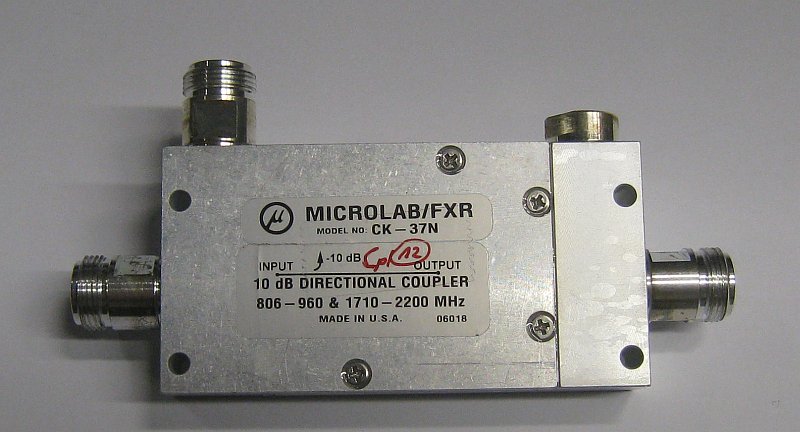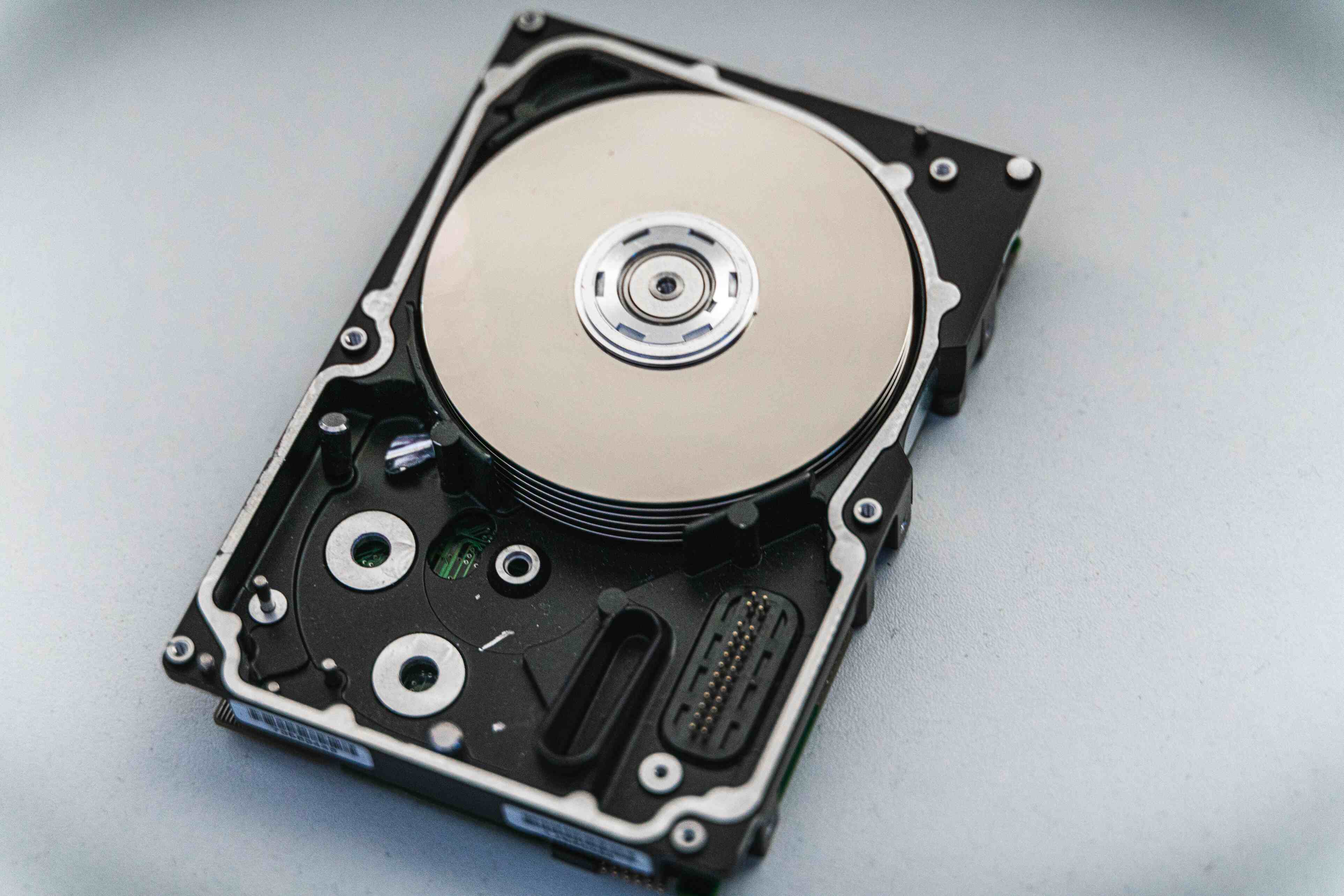Crafting a Comprehensive Understanding of Directional Couplers
In the vast expanse of modern communication systems. Where data flows ceaselessly like a digital river, there exists a silent hero: the directional coupler. While often overlooked, directional couplers play a pivotal role in managing the intricate dance of signals within complex networks. These unassuming devices serve as the guiding hands, directing the flow of information with precision and finesse.
Directional couplers, at their core, are passive components designed to split and combine radio-frequency signals with minimal disruption. Picture them as the traffic controllers of the communication world. Oorchestrating the movement of signals to ensure smooth transmission while minimizing interference. But why the emphasis on directionality? The answer lies in their ability to control signal propagation, crucial for tasks ranging from power monitoring to signal distribution.
At first glance, directional couplers may seem like simple devices. However, their significance becomes apparent upon closer inspection. These unassuming components excel at splitting an input signal into two output ports: the coupled port and the isolated port. This split allows for precise monitoring and measurement of the main signal without. Impeding its flow—a feature indispensable in applications such as power detection and signal sampling. Moreover, directional couplers excel at coupling signals in a specific direction while isolating signals. Traveling in the opposite direction, thus minimizing feedback and enhancing system stability.
In the realm of telecommunications, directional couplers find widespread application in various devices, including amplifiers, antennas, and network analyzers. Their ability to extract a small portion of the main signal for monitoring purposes without significantly affecting the primary transmission is particularly valuable in scenarios where signal integrity is paramount. For instance, in cellular networks, directional couplers are instrumental in ensuring optimal signal strength and quality across vast networks, thereby enhancing the user experience.
Furthermore, directional couplers play a crucial role in RF and microwave engineering, where precise signal control is essential for achieving desired performance metrics. From impedance matching to signal combining/dividing, these devices offer unparalleled versatility, making them indispensable in the design and optimization of high-frequency circuits and systems. Their compact size and relatively simple construction also contribute to their widespread adoption across various industries.
Despite their importance, directional couplers often operate behind the scenes, overshadowed by more glamorous components in the communication ecosystem. However, their impact reverberates throughout the digital landscape, enabling the interconnected world we often take for granted. As technology continues to advance, the role of directional couplers will only grow in significance, underscoring the timeless adage that sometimes, it’s the unsung heroes that keep the world moving forward.
In conclusion, directional couplers serve as silent guardians of modern communication systems, ensuring seamless signal propagation and optimal network performance. While their presence may go unnoticed by the end user, their impact is undeniable, shaping the way we communicate and connect in the digital age. As we navigate the complexities of an increasingly interconnected world, let us not forget the critical role played by directional couplers in keeping us connected.






